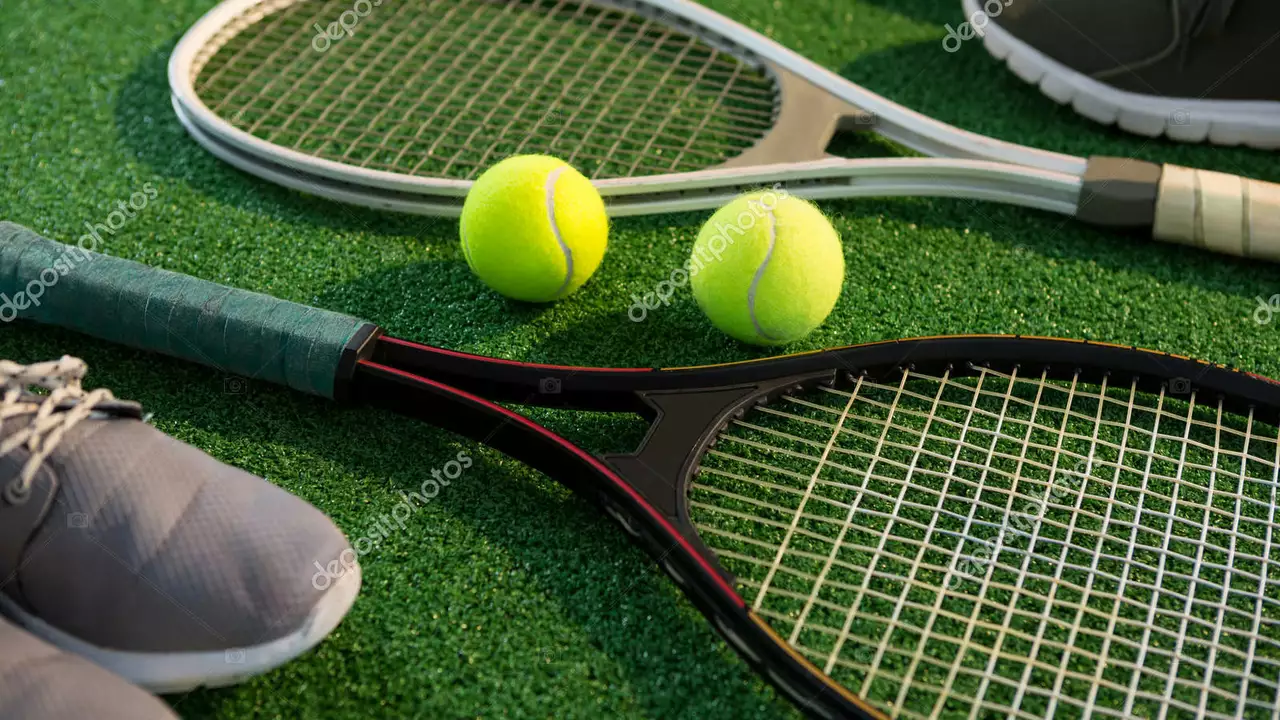Everything You Need to Know About Tennis Rackets
When working with tennis rackets, the primary tool players use to hit a ball over a net. Also known as racquets, they blend design, material science, and personal preference to shape every shot. Racket materials, the substances that form the frame—graphite, wood, aluminium or composites—determine stiffness and weight and directly affect power and control. Meanwhile string technology, the pattern, gauge and tension of the strings, influences ball feel, spin potential and precision. Grasping these core components is the first step toward picking a racket that feels natural on the court.
Key Factors When Choosing a Racket
The choice of a racket goes beyond materials. tennis rackets come in a range of head sizes—from compact 95 sq in frames that favor control to oversized 105 sq in models that boost power. Head size encompasses the sweet spot area, so a larger head gives a bigger margin for error, a crucial point for beginners. Weight is another decisive attribute; a 260‑gram lightweight frame accelerates faster swings, while a 340‑gram heavyweight offers stability on off‑center hits. Balance point—head‑light, even or head‑heavy—shifts the swing dynamics, influencing maneuverability and plow‑through. String tension, measured in pounds, requires careful tuning: tighter strings (55‑60 lb) provide sharper control, looser strings (45‑50 lb) increase power and spin. These attributes create a network of relationships: a stiffer graphite frame paired with high tension can produce a razor‑sharp response, whereas a flexible aluminium frame with looser strings yields a forgiving feel.
Understanding how each attribute interacts helps you match a racket to your playing style. A baseline grinder who loves heavy topspin may gravitate toward a larger head, moderate weight and a looser string pattern to generate spin. A serve‑and‑volley player, on the other hand, often prefers a smaller head, lighter weight and tighter tension for precision and quick reaction. By evaluating your skill level, typical court surface, and physical strengths, you can narrow down the options and test a few models before committing. The articles below dive deeper into specific racket histories, material breakthroughs, and expert tips, giving you a well‑rounded view of what’s available and how to make the best decision for your game.


